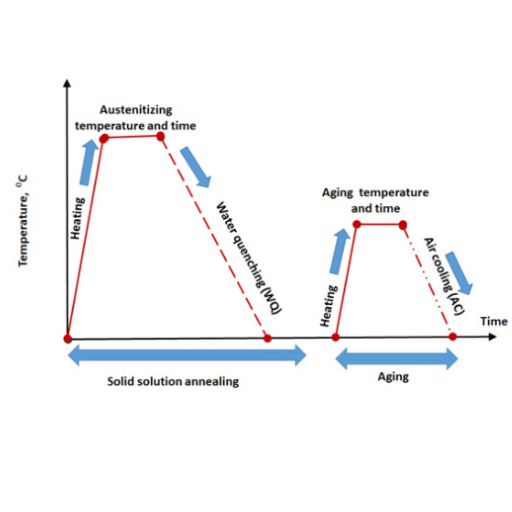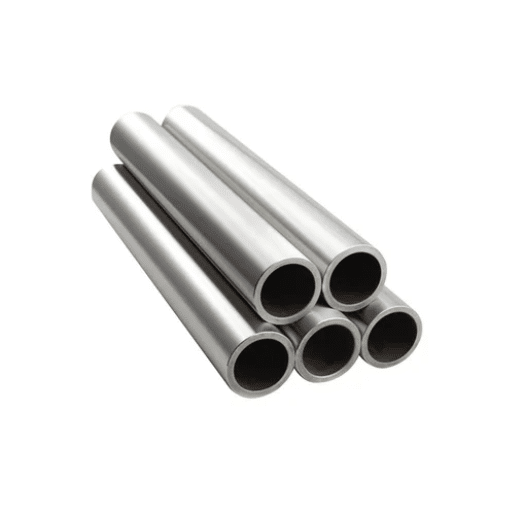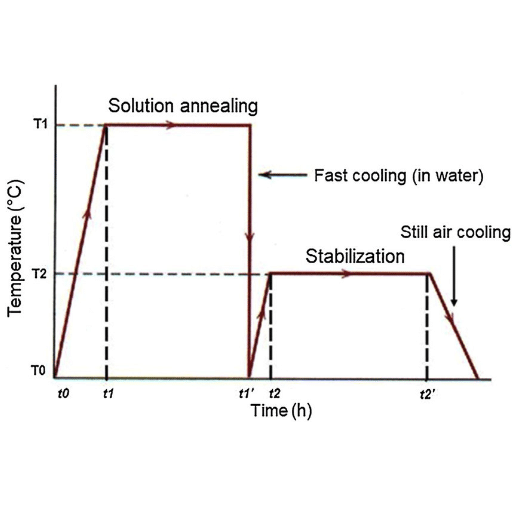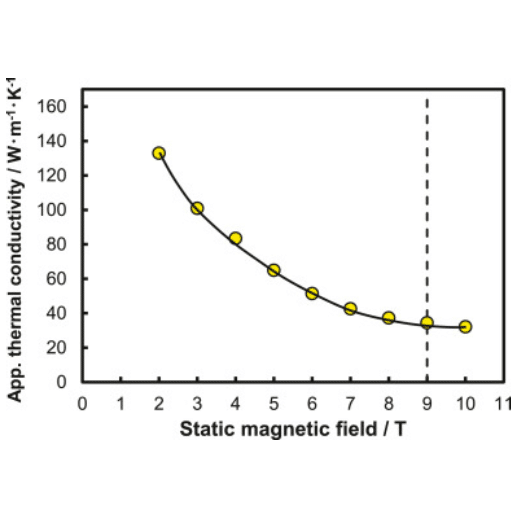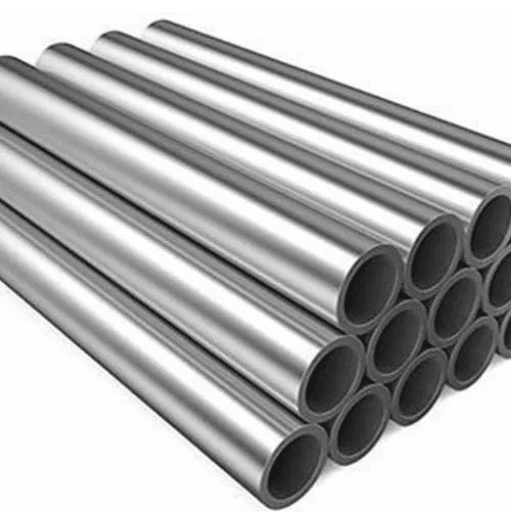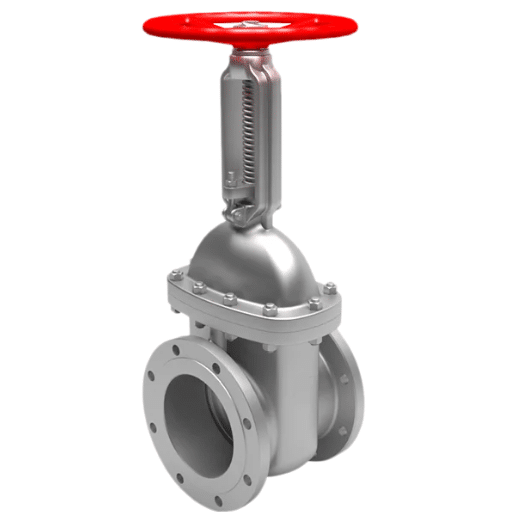Heat treatment is very important for the quality and performance of metals and one of the main processes in this regard is solution annealing. The professionals dealing with steel and stainless steels need to know the solution annealed treatments very well to get the best out of the materials in terms of durability, corrosion resistance, and structural integrity. This blog post is all about the science and the engineering behind solution annealing; it elucidates the purpose, the processes, and the metal property changes of critical importance.
What is Solution Anneal?
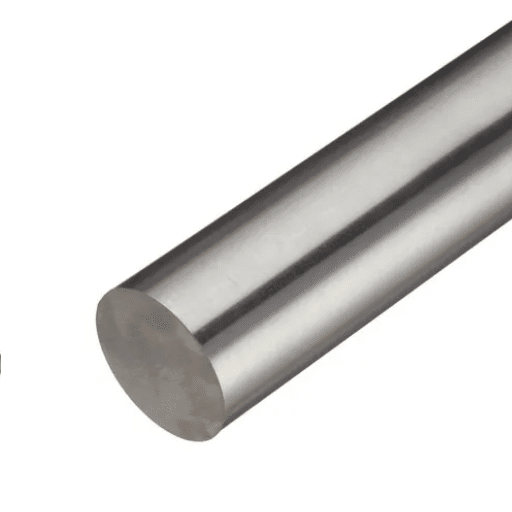
Solution annealing is a thermal treatment process that aims at the optimization of metal alloys, primarily stainless steel and nickel-based superalloys. The procedure consists of heating the metal to a predetermined temperature, generally one where its alloying components are already melted together to form a single-phase structure. The metal is then quickly cooled, usually by means of quenching, in order to trap the elements in a homogeneous solution. The properties like strength, corroding resistance, and ductility are then improved by the elimination of the unwanted impurities or the deactivation of the structural inconsistencies of the material. Solution annealing is an essential operation for the confirmation of the reliability of the performance in the industrial applications.
Definition and Purpose
Solution annealing, a heat treatment operation, has been developed with the objective of dissolving precipitates into a solid solution to improve the mechanical and chemical properties of an alloy, especially stainless steel and other high-performance materials, to a great extent. The latest reports and industrial knowledge indicate that the main reason for applying this technique is to purify the microstructure of the material, thus preventing the occurrence of intergranular corrosion, making the mechanical performance even better and also extending the life of the products in vigorous conditions. This procedure is very important for aerospace, automotive, chemical processing, and construction industries which demand high durability and close to perfect performance, as the requirements are not negotiable.
Key Attributes of Solution Treatment
Solution treatment is a deliberate thermal treatment process explicitly devised to obtain excellent material characteristics through the melting of alloying elements at higher temperatures, followed by instant quenching. Below are the principal characteristics of this process:
- Homogenization of Alloying Elements: The high-temperature phase ensures that alloying elements are evenly distributed within the material matrix, thus preventing local compositional variations that might lead to localized weaknesses.
- Improved Corrosion Resistance: Solution treatment is responsible for the degrading of the material’s resistance to various forms of corrosion, including intergranular and pitting corrosion, through the annihilation of harmful precipitates and the maintenance of a stable microstructure.
- Strength and Toughness Optimization: The cooling phenomenon that occurs post-solution treatment is very quick and the speed of it holds the fine grain structure that is responsible for the improvement of the material’s mechanical properties, such as tensile strength, ductility, and impact resistance, among others.
- Improved Machinability: Treated alloys usually have very consistent hardness and grain structures, which are favorable for precise machining tolerances in critical applications.
- Versatility Across Industries: Solution treatment has become essential in many industries such as aerospace, automotive, marine, and energy where materials have to withstand extreme conditions like high thermal and mechanical stress.
Recent Advancement: Recent data and searches reveal that solution treatment technology has advanced a lot and has thus integrated predictive modeling along with AI-based monitoring systems. This is a major step forward as it contributes to the real-time temperature cycle tracking and quenching effectiveness thus minimizing defects and standardizing quality.
Importance in Metal Processing
The modern metal processing sector heavily relies on the adoption of advanced solution treatment technologies teamed up with predictive modeling and artificial intelligence monitoring systems, which, in turn, make a very crucial contribution to the sector. These high-tech solutions impose strict controls on the thermal cycles and quenching processes and hence the material properties such as tensile strength, hardness, and durability are considerably improved. The benefits of these developments are not only in the area of production defects minimization but also in that the efficiency of the process is increased by the reduction of energy consumption and waste. Thus, the technologies are not only economically viable but also environmentally friendly, which is a very strong reason for them to be part of the modern metal processing workflows.
The Solution Annealing Process
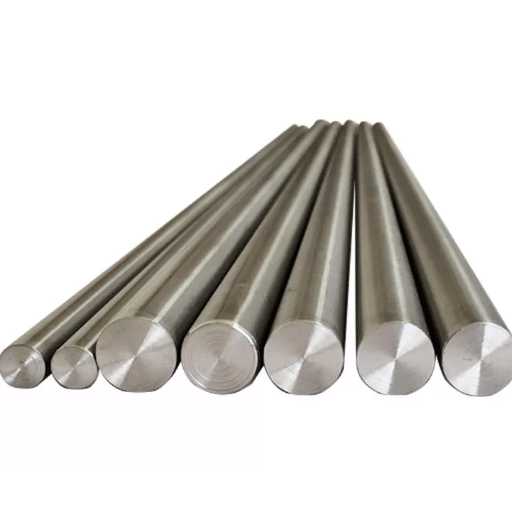
The solution annealing process is one of the fundamental heat treatments and the most effective one applied in the metal industries and even beyond. The method consists of heating the alloy to that exact temperature, usually at around 1,820°F to 2,100°F (990°C to 1,150°C) for stainless steels, and different alloying elements will then form a single-phase solution by dissolving into that hot alloy. The process continues with a very quick cooling, usually done by quenching in water or air, which keeps the unwanted phases and intermetallic compounds from precipitating.
Steps Involved in Solution Annealing
Solution annealing is one of the major heat treatment processes for the improvement of materials. This is the case with metals like stainless steel and nickel-based alloys, among other things. The main stages of this procedure are:
- Heating: The metallurgical temperature raises to the proper one for the specific alloy in question and is always around 1,850°F to 2,100°F (1,010°C to 1,150°C). This temperature is determined so that the precipitates become entirely soluble in the solid-state solution.
- Holding: The metal remains at this temperature for a calculated time which allows for interdiffusion of elements and dissolution of any phases that might weaken the material.
- Rapid Cooling: The material is then ‘quenched’ which means it is cooled very quickly, usually by water or air. This rapid cooling locks the dissolved elements in place and thus skips the phase transformation that could lead to inferior phases occurring.
These processes improve a considerable amount of the mechanical properties and enhance other characteristics such as corrosion resistance and the overall stability of the treated metals. As a result, they find heavy applications in industries like aerospace, oil and gas, and medical equipment manufacturing that require high-performance materials.
Temperature Control During Heat Treatment
There is no doubt that temperature control is a big determining factor in the heat treatment process since it has a direct influence on the mechanical properties, microstructure, and general performance of the metals being treated. Perfectly temperature control guarantee the very same hardness, stress relief, and grain refinement throughout the entire piece of material. Advanced control systems, very often supported by data-driven insights, permit industries to predict and regulate the optimal temperature ranges with amazing precision. By utilizing this state-of-the-art technology, manufacturers get better process stability, lower waste, and higher material quality in different applications.
Cooling Techniques Post Annealing
Post-annealing cooling techniques significantly determine the final properties of materials. The main point of inquiry thus is: “Which cooling method ensures that a material performs effectively while being energy-efficient?”
Selection of the right method is based on the material’s composition and purpose for which it is sought after:
- Air Cooling: Generally employed on materials that require gradual cooling so that the stressing is less.
- Water Quenching: Works very well in suitable applications where hardness is the foremost consideration, and cooling is hence advised.
- Oil Quenching: Can be helpful in balancing strength and ductility by taking the cooling rate nowhere quickly or slowly.
Transparent but robust prediction and precise monitoring of temperature are tools that manufacturers can use at the cooling stage to modulate the cooling process, thereby cutting down the defects and enhancing the quality.
Applications of Solution Annealed Materials

| Industry | Applications | Key Benefits |
|---|---|---|
| Aerospace Industry | Turbine blades, jet engine parts, aircraft structural elements | High temperature resistance, mechanical stress tolerance, lightweight |
| Medical Devices | Surgical instruments, implants, prosthetics | Biocompatibility, corrosion resistance, long life, safety |
| Chemical Processing | Tanks, reactors, piping, heat exchangers | Chemical resistance, high-temperature tolerance |
| Automotive Industry | Exhaust systems, engine parts, car frames | Thermal stress resistance, wear resistance, longevity |
| Energy Sector | Nuclear reactors, oil and gas pipelines, renewable energy systems | Extreme temperature endurance, corrosion resistance, safety |
Use in Steel Manufacturing
Solution annealing is an essential method of heat treatment in the steel production process that improves the overall steels properties such as ductility, strength, and corrosion resistance. This process involves heating steel very high then cooling it rapidly, which gives the steel a homogeneous microstructure. The newest figures report that the solution annealed steel is heavily consumed in the reiteration of the stainless steel grades for building, automobile parts, and industrial equipment due to its superior mechanical performance and life span.
Benefits for Stainless Steels
Stainless steels have many favorable characteristics which are the main reason why they are so widely used in different industries:
- Corrosion Resistance: Guarantees the longevity of the material even in the most difficult conditions and thus, less frequent maintenance or replacement.
- Sustainability: Fully recyclable, which helps the manufacturers meet their sustainability goals.
- Strength-to-Weight Ratio: Makes it possible to produce light but strong structures and components.
- Heat Resistance: Improvements in the production process have further increased applications for high heat resistance.
- Formability: Excellent formability for demanding performance applications.
Diffusion and Its Role in Solution Annealing
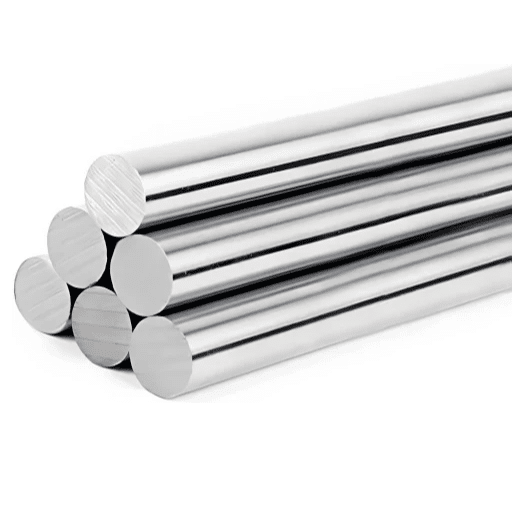
Diffusion is a primary factor in the procedure of solution annealing since it is the process that allows the merging of alloying elements in a metal. The material is subjected to a heat treatment process during which the atoms are allowed to gain energy and move about until they are evenly distributed. This distribution of atoms results in the removal of microstructural inconsistencies, which are otherwise known as segregation or uneven composition, and these inconsistencies can weaken the material and make it more susceptible to corrosion.
Understanding Diffusion in Metals
The metals’ diffusion process is primarily subject to the influence of temperature, concentration gradients and the material’s crystal structure:
- Temperature: Higher temperatures mean that atoms are put in a position where they can lift more easily and therefore, diffusion is hastened. This is the reason why heat treatment processes, such as annealing, are crucial when it comes to establishing diffusion and the desired properties of the material.
- Concentration Gradients: Large concentration gradients are also very important, as the atoms or ions will migrate from the high concentration areas to low concentration areas just to attain a state of balance.
- Crystal Structure: The kind of resident structure—be it FCC, BCC or HCP—decides how fast the diffusion is taking place considering the differences in atomic packing and the paths created by the diffusion.
Diffusion Annealing vs. Solution Annealing
| Aspect | Diffusion Annealing | Solution Annealing |
|---|---|---|
| Primary Purpose | Eliminate chemical inhomogeneities | Dissolve alloying elements into solid solution |
| Process | Redistribute alloying elements at high temperatures | Heat above critical range, then rapid cooling |
| Main Benefit | Remove segregation, uniform composition | Restore corrosion resistivity and strength |
| Typical Application | Castings and wrought products | Stainless steels and alloys |
Choosing Heat Treatment Services

The selection of heat treatment services has a big impact on the quality of the final product, hence, it is necessary to evaluate some important factors in order to achieve the best and most effective results.
Factors to Consider
- Skills and Competence: Evaluate the service provider’s expertise and track record in the field.
- Treatment Types: Check the types of heating treatments provided (annealing, tempering, case hardening) to ensure they match your material and performance needs.
- Technology: Advanced digital tools for monitoring treatments ensure high precision and consistency.
- Certifications: ISO and other certifications indicate adherence to industry standards and best practices.
- Customer Feedback: Reviews and ratings provide insights into reliability and performance.
Cost Implications of Solution Annealing
The cost implications of solution annealing are a complex issue to be dealt with and that these factors can be decisive in a considerable way in the solution-making process. The solution annealing steps usually include heating the metal to a predetermined temperature followed by rapid cooling which utilizes energy-intensive equipment and requires a high level of accuracy in controlling the process. Hence, these operations have very high initial setup and running costs. Nevertheless, the long run advantages like material performance, failure rates, and material life, usually, quite often, outnumber the initial costs.
Cost-Benefit Analysis: While initial costs may seem high, businesses may recover the costs through maintenance reduction, fewer replacements, and production efficiency, hence, the total cost of ownership will be lower for the company. This is particularly true for industries where durability and mechanical strength are the main requirements, such as aerospace and power generation.
References
-
“Annealed CoCrMo Medical Implant Alloys” – Discusses solution anneal heat treatments for CoCrMo alloys and their effects on grain coarsening.
-
“Effects of A Solution Anneal Quench Delay on the Heat Treatment of Aluminum 2219-T6” – Investigates the impact of quench delay on tensile properties of aluminum alloys.
-
“Effects of Annealing and Solution Treatments on the Mechanical Performance of SLM-manufactured Ti64 Parts” – Explores post-heat treatments like annealing and solution treatments for improving mechanical performance.
Frequently Asked Questions (FAQ)
What is solution annealing?
Solution annealing is a type of heat treatment that consists of heating metals, especially austenitic steels and aluminum alloys, to a particular temperature and then cooling them rapidly. As a result of this heat treatment, the carbides and other precipitates are dissolved, and a uniform microstructure is developed which ultimately brings about the improvement of mechanical properties.
What is the solution heat treatment temperature for austenitic steels?
The austenitic steels should be subjected to solution heat treatment at a temperature of 1000-1150 °C. This high temperature promotes the dissolution of the undesirable phases culminating in the refinement of the grain boundaries thus offering the product improved ductility as well as strength.
How does solution annealing affect grain size?
Through solution annealing the treatment significantly influences the size of the grains since it fosters recrystallization. The method entails heating the metal to a high temperature, thus allowing the growth of grains and if the cooling rate is controlled properly, this will lead to the formation of larger, equiaxed grains. On the other hand, a fine grain size can be beneficial for the mechanical properties of the material.
What is the role of temperature in the solution annealing process?
The temperature in the solution annealing process is of utmost importance since it determines the solubility of alloying elements as well as the degree of phase transformation. If the temperature is set at the correct solution annealing temperature, then there will be virtually no dislocations, thereby resulting in a stress-free and homogeneous structure.
How does the solution treatment affect the morphology of copper alloys?
In the case of copper alloys, the solution treatment affects the morphology by changing the distribution of dendritic structures and dissolving precipitated phases. This treatment is a prerequisite for strengthening and softening the alloy by microstructure refinement.
What is the significance of heat treatment services in metallurgy?
Heat treatment services are of paramount importance in metallurgy as they are the mainstay in the new trend of optimizing mechanical properties of different materials via the application of; solution annealing, properties aging, or precipitation hardening. Besides, the provision of these services means that the base materials will conform to the particular performance criteria for industrial applications.
What happens during diffusion annealing?
Diffusion annealing is characterized by the movement of atoms within the material at higher temperatures which results in a decrease of internal stress and uniformity of the microstructure. Such a process is likely to be advantageous to the aforementioned properties, especially in the case of alloys that have complex phase diagrams.
Can solution annealing be performed at lower temperatures?
Solution annealing can indeed be performed at lower temperatures ranging from 700 to 800 °C for some materials, the answer is affirmative. Nonetheless, the process might not always be greatly effective and complete dissolution of precipitates is more difficult at these temperatures than at the higher solution annealing temperatures.

